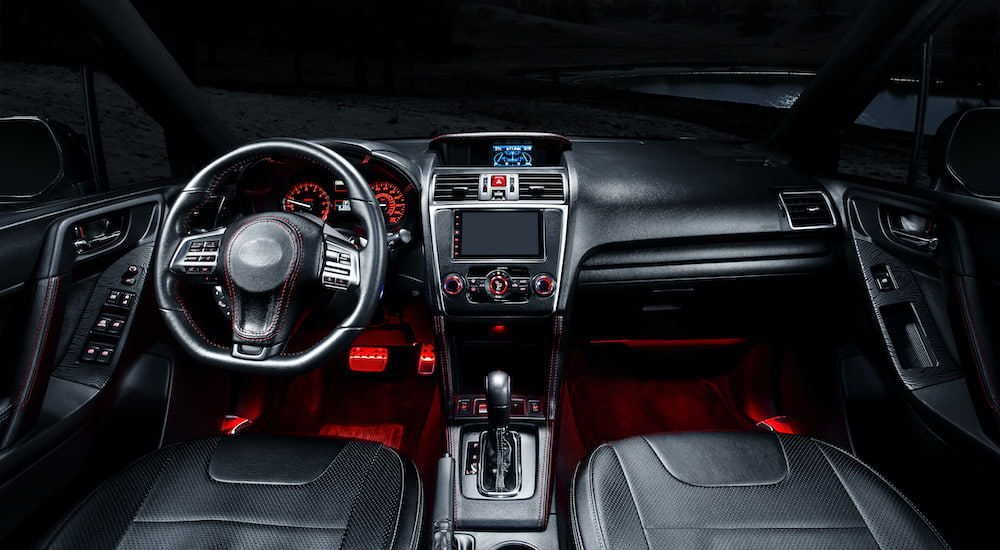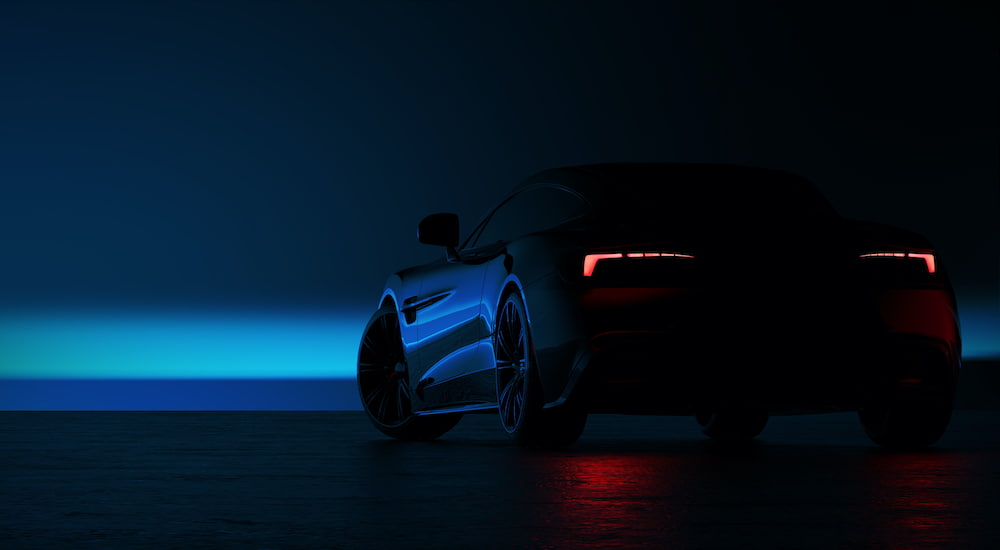One of the easiest ways to upgrade and customize your vehicle is to add aftermarket lights. However, if you are just getting started, then you may not be familiar with all the terminology. The three major types of bulbs on the market are incandescent, HID (high-intensity discharge), and LED (light-emitting diode). They all do basically the same thing – create light – but each has its own particular set of properties that make it unique. Some things to take into consideration when looking at lighting are energy consumption, temperature (color), longevity, directionality, and cost. Let’s dive in and see how these three lighting technologies compare in different categories.
Incandescent – Halogen and Non-Halogen
Most people should be very familiar with incandescent lighting, which has been around for over 150 years. Patented by Thomas Edison, this technology generally uses a glass bulb with an electrified filament which is superheated until it glows and emits light. These types of bulbs require a good amount of power to run and the stress and heat on the filament cause them to have a shorter life than newer technologies. The light is also not directional and shines in all directions, which is not ideal but can be mitigated by using reflective surfaces in the light housing. Halogen lights should also be mentioned here as they are an improved type of incandescent where the bulb is filled with halogen gas to create a longer-lasting and more efficient light.
HID – High-Intensity Discharge
This technology has been around for about 100 years. A glass bulb is filled with gas and has an arc ignited to produce light. Similar to incandescent, these bulbs produce light that is omnidirectional. The heat and energy consumed by HIDs are on par with incandescents, but they have the ability to throw light much farther. This makes HIDs a great choice for headlights, but they do take a minute to produce full power as they need to warm up. The longevity of this bulb is also not the greatest, and they usually need a ballast attachment which can also be another point of failure.

LED – Light Emitting Diode
This is the newest type of automotive lighting technology and has only been around for about 50 years. LEDs are the most complicated to explain, but they are basically a compound junction with a semiconductor on the diode that is used to produce light. The light created is directional in a 180-degree arc, which is beneficial if the use is targeted – like in headlights. This type of light has the most benefits out of the three types available on the market today, but until recently were extremely expensive. LEDs have the longest life, the lowest heat production, and they consume the least amount of energy.
Bulb Handling
It’s always advisable to be cautious when handling bulbs of any type, but some require more care than others, especially ones that run at high temperatures. The reason is that we can get oil or other contaminants on our hands without our knowing. The oil and contaminants can then be accidentally transferred to a bulb, possibly causing it to prematurely fail as it is repeatedly heated and cooled. Caution should also be applied when removing older glass bulbs that may be stuck or rusted in place; too much force may cause the bulb to break, which is obviously dangerous. For these reasons, we always suggest wearing gloves when handling bulbs. Some bulbs are more likely to be affected than others, but there is no downside to being cautious.
Headlights
Headlights are arguably the most important automotive lights, especially when it comes to navigating the road after dark. That is why headlights require special consideration, especially when it comes to the bulb and paired housing. If you are considering replacing the bulbs with something different, make sure they are compatible with the housing style that the vehicle has. Also, make sure that the wattage is comparable and that the new bulbs are aimed correctly so that you are not blinding oncoming traffic. Upgrading to a higher wattage bulb may require thicker gauge wire, bigger fuses, or a bigger battery to be installed to compensate for the higher voltage draw.
Blinkers and Hyperflash
If you are changing the blinker bulbs, one important thing to be aware of is how your vehicle processes them. Is it analog or digital? If you replace an incandescent bulb with an LED, it could potentially cause hyperflash. This means the light blinks much faster than originally intended, and you may have experienced this if you had one or more blinker bulbs fail on the same circuit. In some cases, an inline resistor or a relay with a resistor can be replaced to trick the system into flashing at the correct speed based on voltage. Some newer vehicles handle this function digitally and may not be an issue, especially if your blinkers were already equipped with LEDs. Hyperflash is always an important safety consideration, which could cause you to fail inspection if it’s not corrected.
Bulb Color or Temperature
The color of a bulb is generally measured on the Kelvin scale and runs the gamut from about 2,000k to 30,000k. The optimum usable light output for most bulbs is considered to be 4,300k. Warmer light is at the lower end of the spectrum, and cooler light is at the top end. This is why you generally see older lights are more of a yellow or orange hue while newer HIDs and LEDs are white or light blue. However, if you have a specific color you want for your vehicle, you can usually get a variation of colors in almost any bulb. Even if they do not vary in temperature, the bulbs can be tinted to create a specific shade.

Lumens
A lumen is a unit of measurement that describes the light output of a given source. The higher the number of lumens produced, the brighter the light. However, more lumens are not always better as there are some factors that affect the usability of light, like directionality. Each technology generally can produce a specific amount of lumens per watt of energy. Most lights are required to display information on the packaging regarding energy consumption and lumen ratings, which makes comparisons much easier. Most LEDs even post comparisons to incandescent light bulbs right on the packages and average savings over the lifetime of the bulb versus the common cost of energy.
Quality
As with all things, quality can play a very large role in the outcome of your new lighting. There are many options when it comes to bulbs, and low prices may seem very attractive, but low-end bulbs tend to fail much earlier than anticipated. It’s always good to find a reputable parts source to make sure you are getting something that will last and will not need to be replaced often. This is especially true if the bulbs are in a hard-to-reach location where a lot of effort or labor is involved to swap them out. The more complicated the lighting solution, the more possible failure points there are.
Final Thoughts
Now that we have covered the basics, it is time to focus your research on the types of lights you want on your vehicle. Just remember that the world of automotive lighting is always changing. As our technology advances, so does our ever-growing list of lighting solutions, from incandescent to high-intensity discharge to light-emitting diode. LED lighting is currently at the forefront of the industry with the most inherent benefits out of the three technologies. However, just ten or twenty years ago, LEDs were not bright enough to be used as headlights, were not compact enough to be used in other places, and were nearly cost-prohibitive.
Today, development and popularity have driven LED to be used in many applications such as electronics, home and commercial lighting, and even holiday lights. As more automobile manufacturers shift to using LEDs, this type of bulb will only further dominate the automotive aftermarket as well. But who knows what the next decade of development will mean for automotive lighting? There could even be the introduction of new products not considered currently viable.

